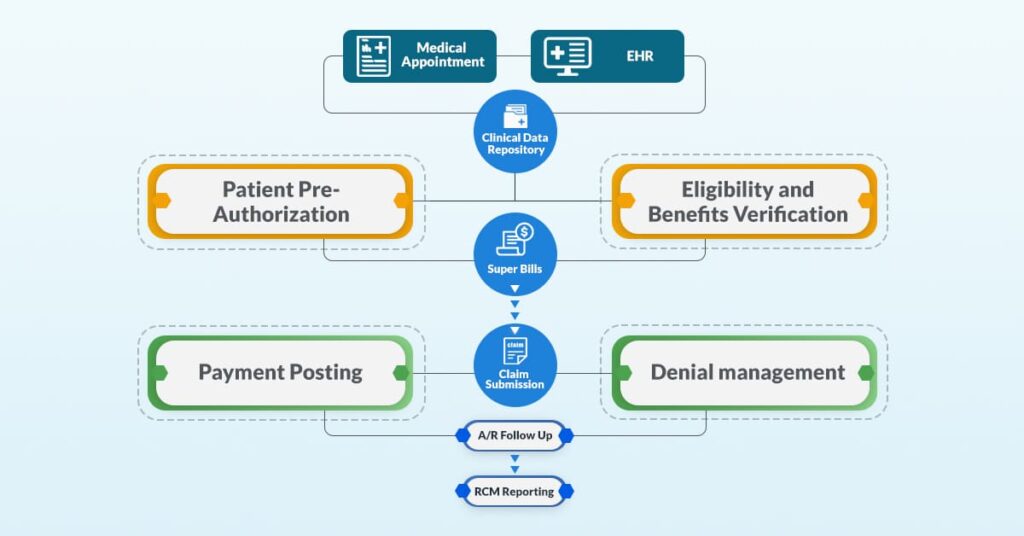
Claim Submission/Creation Process in Medical Billing: Navigating the Path to Reimbursement
The claim submission/creation process is a pivotal stage in the revenue cycle management of healthcare providers, facilitating the reimbursement of services rendered to patients. This multifaceted process involves the accurate compilation, coding, and transmission of claim information to payers, aiming to secure timely and optimal reimbursement. Below is a detailed breakdown of the steps involved in the claim submission/creation process in medical billing:
Patient Encounter Documentation:
- The claim submission process commences with the patient encounter, where healthcare providers document services rendered, diagnoses, procedures performed, and any relevant clinical information.
- Comprehensive documentation is essential for accurately coding and billing services, ensuring compliance with payer requirements and facilitating claim adjudication.
Code Assignment and Verification:
- Qualified medical coders assign appropriate diagnosis (ICD) and procedure (CPT/HCPCS) codes to each patient encounter based on documented services and clinical findings.
- Coders must adhere to coding guidelines, payer regulations, and documentation standards to ensure accurate code assignment and claim submission.
- Verification of code accuracy and completeness is crucial to minimize coding errors, claim denials, and compliance risks.
Claim Formulation and Compilation:
- Once codes are assigned, the claim creation process involves compiling pertinent patient and provider information, including demographics, insurance details, dates of service, and billed charges.
- Claims are typically formatted according to industry-standard claim forms, such as the CMS-1500 for professional services or the UB-04 for institutional services, ensuring compatibility with payer systems.
Claims Scrubbing and Editing:
- Prior to submission, claims undergo rigorous scrubbing and editing processes to identify and rectify errors, inconsistencies, and omissions.
- Automated claims scrubbing software flags potential issues such as missing information, coding errors, or invalid modifiers, enabling corrective action before submission.






